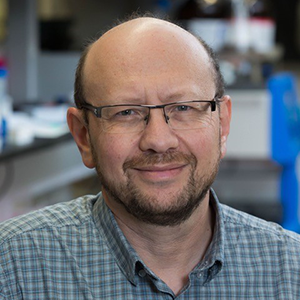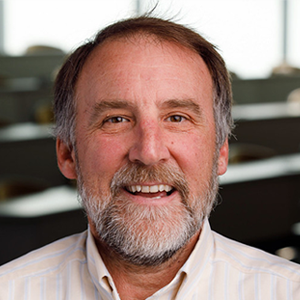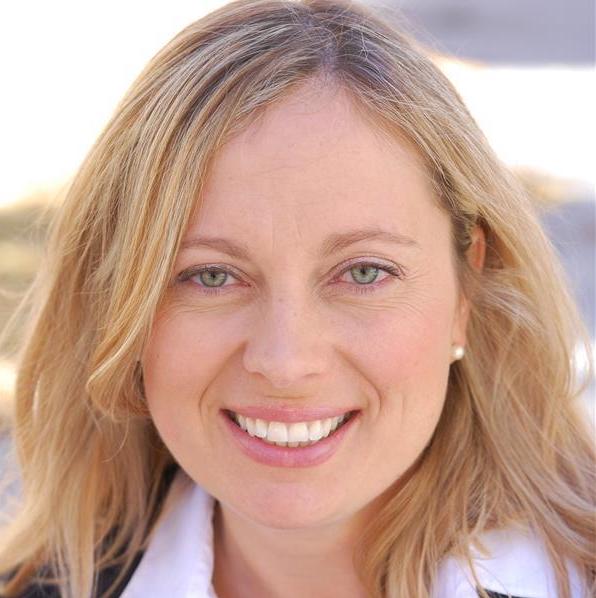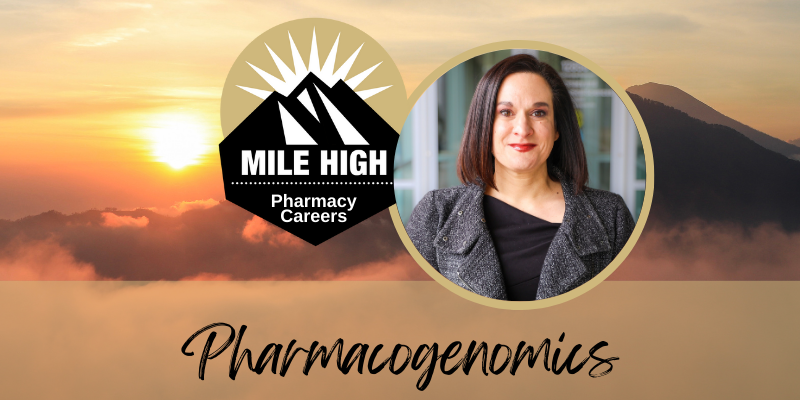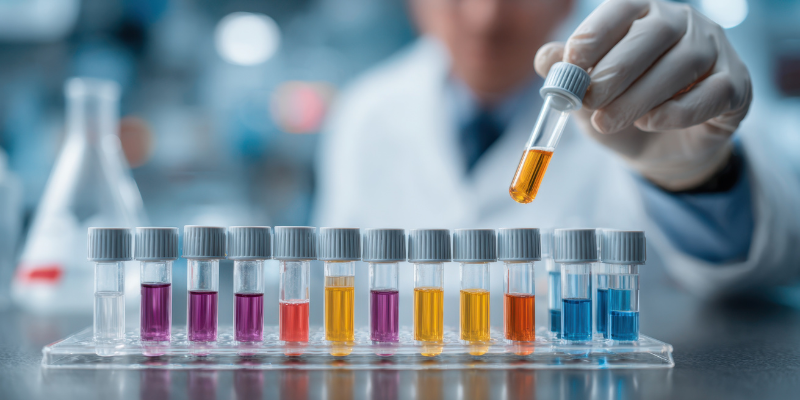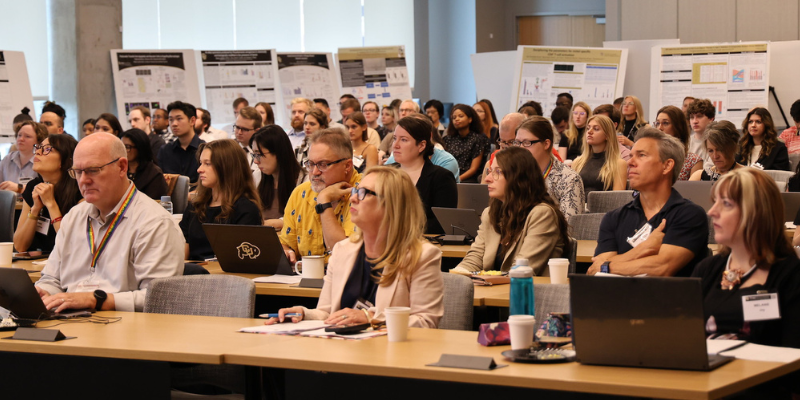You’re attending an international conference. The workshops have been carefully vetted, and rehearsed speakers are ready to share their cutting edge solutions to world problems.
What about the problems without solutions? What about the issues we can’t solve… yet?
Dmitri Simberg, PhD, Tom Anchordoquy, PhD, from CU Skaggs School of Pharmacy and Pharmaceutical Sciences, and Natalie Serkova, PhD, from CU School of Medicine, created a conference for just that – the problems that still need work. Rather than being spoon-fed answers, their innovative Mechanisms and Barriers in Nanomedicine Conference-Workshop allows space to come together to discuss some of the world’s most challenging barriers in nanomedicine and drug delivery.
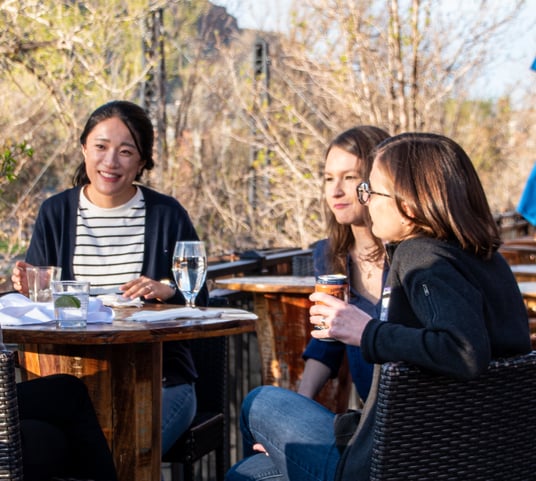
Students network at the Mechanisms and Barriers in Nanomedicine Conference-Workshop in Golden, Colorado. |
Nanomedicine uses nanoparticles, materials that are approximately 100 nanometers in size, as a drug delivery method as well as imaging.The National Cancer Institute (NCI) reports that “the application of nanotechnology to medicine includes the use of precisely engineered materials to develop novel therapies and devices that may reduce toxicity as well as enhance the efficacy and delivery of treatments.”
Conventional chemotherapy involves dosing patients with barely tolerable amounts of a toxic drug, which exposes the whole body to high drug levels. As a result, patients experience a myriad of nasty side effects. Nanomedicine offers the potential to focus the delivery of the medication to exactly where it needs to go.
“Nanotechnology’s main advantage over conventional medical treatments is its ability to more precisely target tissues,” said Simberg.
Including Students in the Work
Early in the conference planning process, Simberg and Anchordoquy realized they needed space for all at the table – not just the world-renowned researchers who have the money to attend conferences. They applied for and received a grant from the National Institutes of Health to cover the cost of the conference for graduate students and postdoctoral fellows.
“It is very important to us to bring everyone together, and we would be missing out on students’ creativity and experience if they had to pay to attend,” Simberg explained.
Madison Ricco, now a PharmD, but a student at the time of the conference, appreciated the funding.
“It allowed me to rub shoulders with great researchers in our field, and the smaller, more informal style made it comfortable for me to ask questions that I would not have asked otherwise,” she said.

Dr. Piotr Grodzinski, Chief of the Nanodelivery Systems and Devices Branch (NSDB) within Cancer Imaging Program, Division of Cancer Treatment and Diagnosis, National Cancer Institute, presents his work at the Mechanisms and Barriers in Nanomedicine Conference-Workshop.


So, what do attendees actually do?
The conference asks speakers not to present a progress report of their work, but instead present a focused view and analysis of the specific questions that their research is attempting to address.
According to Simberg, Anchordoquy and Serkova, because the speakers are not under pressure to impress their peers, it brings the discussion to a whole new level. Such a format provided an open forum for focused discussion on the mechanistic aspects of nanomedicine.
Challenges to Solve
The topic Simberg brought for discussion centered around his work with nanoparticles and disease treatment. Since 1995, approximately 100 nanomedicine-based formulations have been approved by the FDA. The NCI describes the “use of nanotechnology for diagnosis and treatment of cancer is largely still in the development phase.”
This is precisely why Simberg and Anchordoquy brought these challenges to students, who have not yet been constrained by decades of their work. They see challenges with fresh eyes, and together, the conference facilitates discussion for new research approaches in nanomedicine, including in cancer therapy and imaging.
This year, the NIH-funded conference welcomed approximately 75 attendees from as far away as Estonia and Israel.
As a follow up of the meeting, Simberg, Anchordoquy and Serkova are preparing a manuscript summarizing the critical discussions and charting new directions in nanomedicine.
“No matter how much time we allocate for discussion, it is never enough," Anchordoquy said. "Next time we organize this conference we will include more roundtable discussions of the critical issues that are identified by the attendees."
And thus, more time to find solutions on the path to improve health care for all.
All photos courtesy of Madison Ricco.

